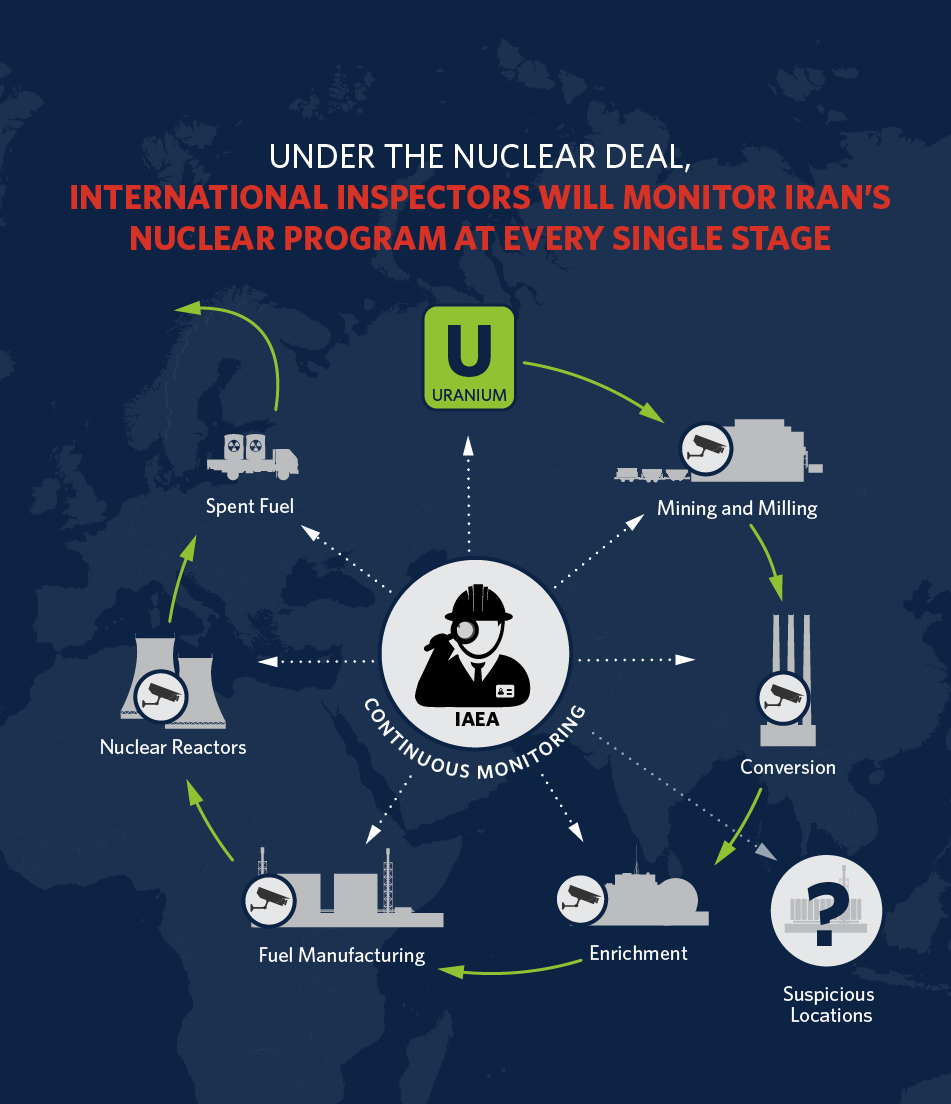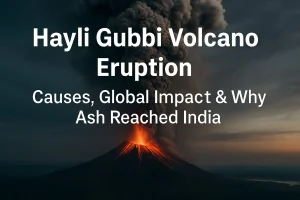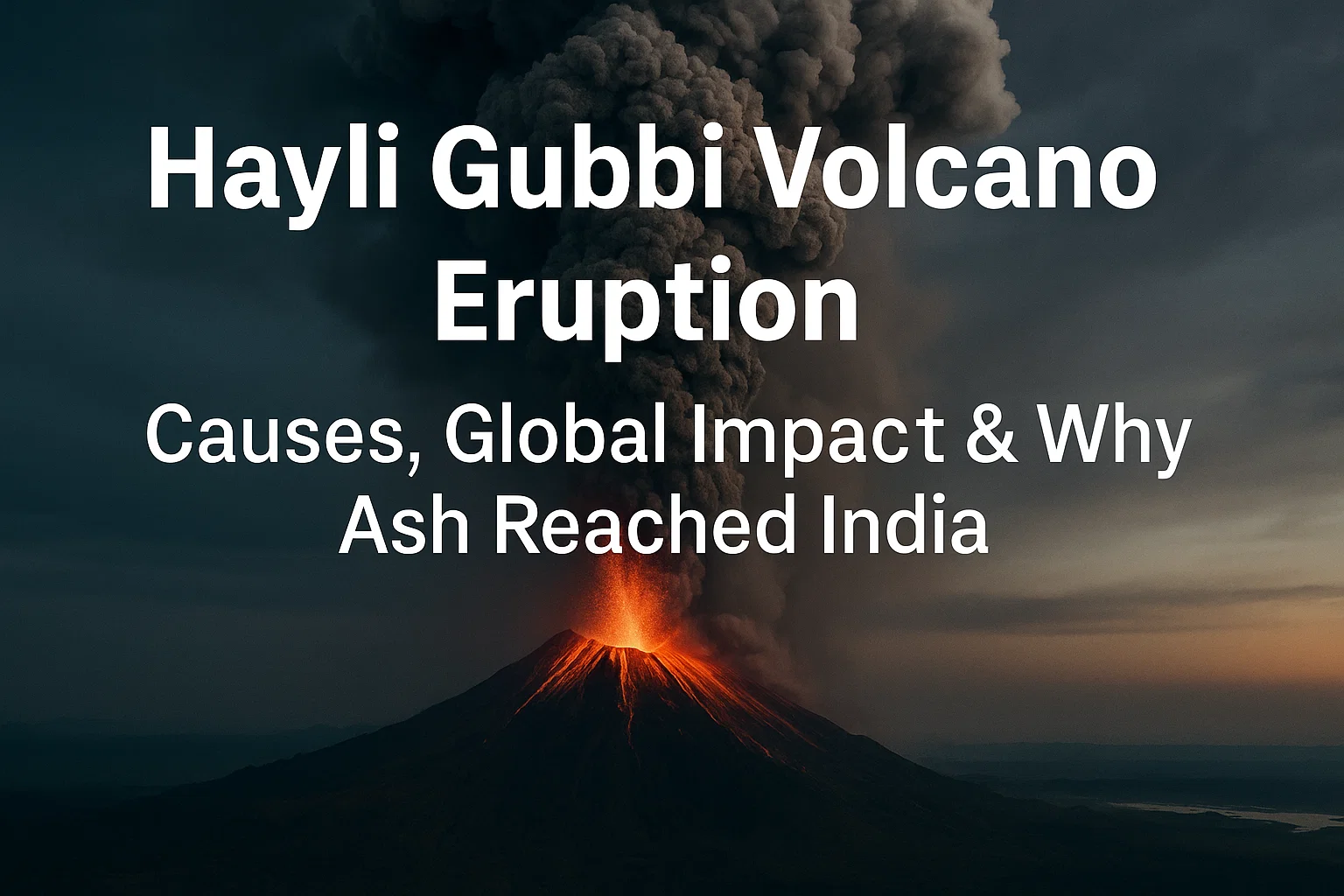IAEA Access Faces Rising Iran Tensions: JCPOA Breakdown, Regional Risks & India’s Stakes
Understand why Iran suspended IAEA access after the Iran–Israel war, the collapse of the JCPOA nuclear deal, regional escalation, risks of nuclear proliferation, and how the crisis affects India’s energy security and strategic interests.
IAEA Access Blocked: Iran–Israel Tensions, JCPOA Crisis & Impact on India
The suspension of IAEA access by Iran after the 12-day Iran–Israel war has intensified nuclear and regional tensions. Tehran refused to allow inspectors into bombed nuclear sites and insisted that monitoring would resume only under a “concrete deal.” This latest breakdown comes after years of diplomatic volatility, marked by the collapse of the Iran nuclear deal (JCPOA), rising uranium enrichment, ballistic missile issues, and deepening geopolitical rivalries across West Asia. The crisis now threatens nuclear proliferation, global energy markets, and India’s strategic interests.
What is the Iran Nuclear Deal (JCPOA)?
The Joint Comprehensive Plan of Action (JCPOA), signed in 2015 between Iran and the P5+1 (US, UK, France, Russia, China + Germany) and backed by UNSC Resolution 2231, aimed to restrict Iran’s nuclear programme in exchange for economic sanctions relief. Its core commitments included limiting uranium enrichment to 3.67%, capping Iran’s stockpile at 300 kg of low-enriched uranium, redesigning the Arak reactor to prevent plutonium production, and allowing intrusive IAEA inspections under the Additional Protocol. The deal extended Iran’s “breakout time”—the period required to build a nuclear bomb—from a few months to more than a year, significantly contributing to nuclear stability.
Why Was the JCPOA Essential?
The nuclear deal was crucial for preventing nuclear proliferation, stabilising energy supply chains passing through the Strait of Hormuz, and reducing strategic tensions in West Asia. Since nearly 20% of global oil trade moves through Hormuz, any escalation between Iran, Israel, or the US risks global price shocks—a concern noted repeatedly in IEA Oil Market Reports. The JCPOA also offered a diplomatic framework to manage long-standing Iran–US and Iran–Israel hostilities, while encouraging regional balance between Iran and Gulf states such as Saudi Arabia and the UAE.

What Caused the Current Stalemate?
The breakdown of cooperation stems from several overlapping political and military developments:
1. US Withdrawal in 2018
The Trump administration’s exit from JCPOA and reimposition of sanctions crippled Iran’s economy and eroded trust. Iran gradually escalated its nuclear activities, enriching uranium beyond 60%, well outside JCPOA limits.
2. Regional Escalations
Events such as the June 2025 Israel–US strike on Iranian nuclear sites and the 12-day Iran–Israel war hardened positions. Iran retaliated by suspending IAEA access to damaged facilities.
3. E3 Sanctions Snapback
Britain, France, and Germany reactivated UN sanctions in late 2025. Iran then declared its September 2025 cooperation framework with the IAEA “invalid.”
4. Missile and Proxy Disputes
Western powers insisted that Iran’s ballistic missile programme and its regional proxies—Houthis, Hezbollah—be included in talks. Iran labelled these demands “non-negotiable.”
5. Breakdown of Verification
By denying the IAEA access to bombed nuclear sites, Iran has blocked essential transparency mechanisms, making revival of the deal increasingly difficult.
How Has the Crisis Worsened Geopolitical Instability?
The situation now poses significant risks:
-
Israel–Iran confrontation has intensified, raising fears of a broader regional war.
-
Major powers are increasingly divided: Russia, China, and Niger voted against an IAEA resolution demanding Iranian compliance, reflecting Cold War-era polarisation.
-
A potential arms race in West Asia looms, with Saudi Arabia and UAE signalling interest in nuclear capabilities.
-
Repeated disruptions near Hormuz have increased global oil market volatility, reflected in IMF energy vulnerability assessments.
How Does This Affect India?
India faces challenges across multiple fronts:
-
Energy Security: Before sanctions, India sourced nearly 10% of its crude oil from Iran. Loss of this supplier reduced flexibility and raised the import bill.
-
Connectivity: The Chabahar Port, central to India’s link to Afghanistan and Central Asia, faces delays due to sanctions affecting financing and equipment procurement.
-
Diaspora & Remittances: Over 9 million Indians in West Asia are vulnerable to conflict escalation, impacting safety and remittance flows.
-
Strategic Autonomy: India must carefully balance ties with the US, Israel, Gulf states, and Iran, crucial partners for defence, technology, and energy.
What Measures Can Address the Crisis?
A multi-layered approach is essential:
-
IAEA–Iran Technical Arrangement: A limited verification deal focused only on nuclear material accounting and site damage assessment may rebuild minimal trust.
-
Sequenced Sanctions Relief: A step-by-step model—sanctions relief matched with verifiable Iranian compliance—can avoid an “all or nothing” deadlock.
-
Regional Dialogue: A Gulf-wide security mechanism based on the UN Secretary-General’s 2023 Gulf Conference proposal could help de-escalate.
-
India’s Role: Strengthen Chabahar as a humanitarian-commercial corridor, expand strategic oil reserves, and leverage BRICS+ and INSTC to stabilise energy routes.
Subscribe to our Youtube Channel for more Valuable Content – TheStudyias
Download the App to Subscribe to our Courses – Thestudyias
The Source’s Authority and Ownership of the Article is Claimed By THE STUDY IAS BY MANIKANT SINGH



